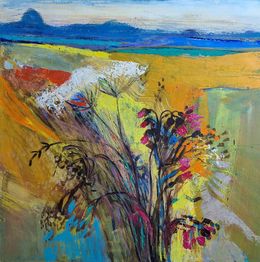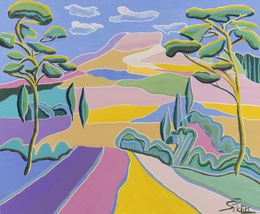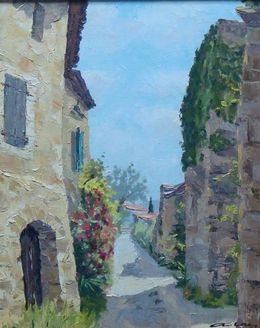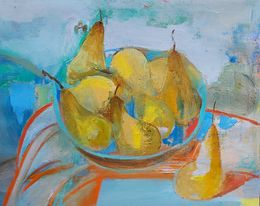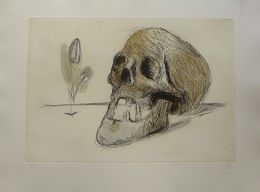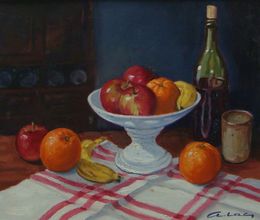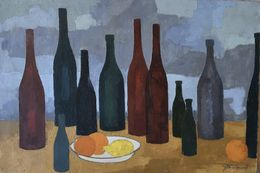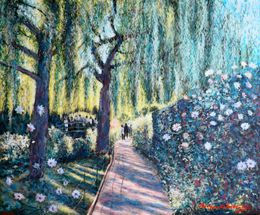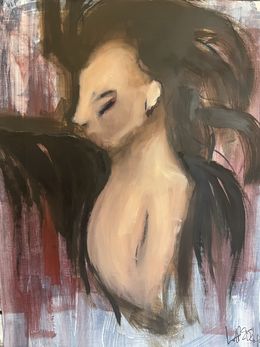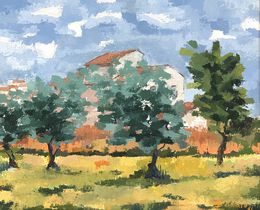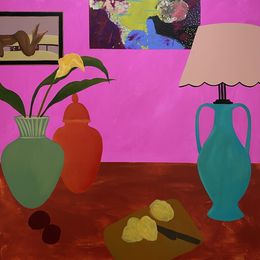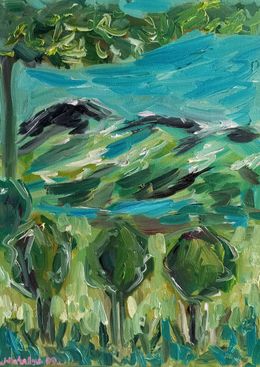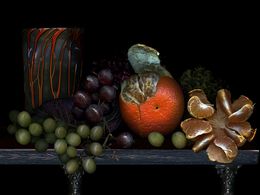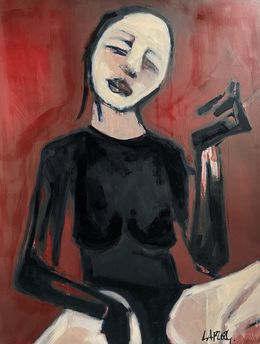
Inspired by Cézanne
“Painting from nature is not copying the object; it is realizing one's sensations".
Paul Cézanne was born in 1839 in Aix en Provence, where his father was a renowned banker and his mother a former laborer. His friendship with Émile Zola began as a 13-year-old at Aix College, and was the beginning of what would be a long and significant fraternal relationship.
Despite Cézanne's interest in art from a young age, his father had him enrolled in the law course at Aix University. Cézanne spent just one year at university before moving on to work in his father's bank. In 1862, Cézanne enrolled at the Swiss Academy after failing to be accepted by the School of Fine Arts. It was at the Swiss Academy that his artistic life began, passionately reproducing and studying works by Delacroix, Courbet, Rubens, and Vélasquez. It was also at the academy where he met Camille Pissarro, Auguste Renoir, Claude Monet, and Alfred Sisley.
His works are easily distinguished from those of his peers, since his strokes are thicker. Like Courbet, he worked with a knife and created stark contrasts in his paintings like Manet. After being rejected from presenting his work at an official exhibition, he quickly associated with fellow rebels, the Impressionists.
The world of painting was dominated by three key movements in the nineteenth century: Romanticism, Realism, and Impressionism.
Despite the impact of these three movements, Paul Cézanne still managed to define a whole new style. His works would go on to inspire his fellow artists and become a colossal influence in the art world; a talent that was completely disregarded by art critics and the public at the time.
Cézanne's powerful style reflects the profound troubles he faced during his career, where the intensity of his desires and expectations fill his works. He sometimes integrates imaginary elements into his paintings, especially his portraits, which aim to convey his understanding of his work.
An incredible influence of the 20th century, Cézanne continued to inspire great masters like Matisse, Braque, and Picasso even after his death.
“He was a father to all of us" and “the one and only master" Picasso once said to Brassai, describing the amazing influence Cézanne had over his fellow artists and superiors which included Braque, Gauguin, and Derain.
Cézanne complicated the viewer's ability to read his work in the same way the Cubists would do a decade later. He chose perspectives according to what he wanted to show, not what he was supposed to show. His paintings of swimmers and trees at the Sainte-Victoire mountain in Provence were incredibly avant-garde, and would go on to inspire the modern movement of the 20th century.
Picasso and Georges Braques were the first artists to understand and follow Cézanne's technique in breaking up the structures of his subjects and compositions. Cézanne's technique sees the subject depicted through the use of flat, geometric shapes. The two artists however, took Cézanne's method a step further by not only breaking up their subjects, but reassembling them in an alternative way. This technique lead to Cubism, where paintings were opened up to a fourth dimension; intuition.
On Artsper, discover the contemporary artists inspired by the “one and only master", Paul Cézanne.
Save your search and find it in your favorites
Save your search to find it quickly
Saved search
Your search is accessible from the favorites tab > My favorite searches
Unsaved search
A problem occurred



Agnès Tiollier
Fine Art Drawings - 70 x 100 x 0.18 cm Fine Art Drawings - 27.6 x 39.4 x 0.1 inch
$1,597
